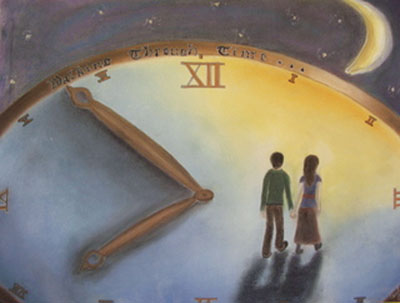All Nonfiction
- Bullying
- Books
- Academic
- Author Interviews
- Celebrity interviews
- College Articles
- College Essays
- Educator of the Year
- Heroes
- Interviews
- Memoir
- Personal Experience
- Sports
- Travel & Culture
All Opinions
- Bullying
- Current Events / Politics
- Discrimination
- Drugs / Alcohol / Smoking
- Entertainment / Celebrities
- Environment
- Love / Relationships
- Movies / Music / TV
- Pop Culture / Trends
- School / College
- Social Issues / Civics
- Spirituality / Religion
- Sports / Hobbies
All Hot Topics
- Bullying
- Community Service
- Environment
- Health
- Letters to the Editor
- Pride & Prejudice
- What Matters
- Back
Summer Guide
- Program Links
- Program Reviews
- Back
College Guide
- College Links
- College Reviews
- College Essays
- College Articles
- Back
Fight Back MAG
Pink is the color of a baby’schubby cheeks. Pink is the color of a bunny’s ears. Pink is thecolor of a spring rose. Pink is the color of love. But for some, pink isthe color of loss. Pink is the color of a second chance. Pink is thecolor of humanity. Pink is the color of the National Breast CancerFoundation.
My aunt had Stage III B breast cancer. Shepresumably ignored its first signs or it somehow went unnoticed. Whenshe realized something was wrong, she got a mammogram.
Theresults were a shocker. She seemed fine and looked healthy but doctorstold her it was too late - three months too late. There was nothing thatcould be done except live the rest of her life to the fullest. If youonly knew what a wonderful woman she was. She loved everyone and wasloved by all. It didn’t seem fair, and it wasn’t.
One in eight women will develop breast cancer at some pointduring their life. My aunt was that one, and she suffered. She diedyoung and ill. While the other seven got to watch their families grow,my family had to watch her go. I know what it’s like to lose aloved one and would never wish it on anyone.
Every daughter,every mother, every wife and every loved one who has lost their life tobreast cancer is one too many. Please, help fight back. Help theNational Breast Cancer Foundation. No one deserves to endure this horridfate. Show you care and make a difference. Awareness is the first step.Pink is a lot more than a color to me and I hope now it is for you, too.
Facts from the National Breast CancerFoundation
Share this information with a woman you love. It couldsave her life.
- Breast cancer is the leadingcause of death in women ages 40-55
- 70% of all breast cancers are foundthrough self-exams
- Not all lumps are detectable by touch
- 80% ofbreast lumps are not cancerous but if you find one, call your doctor
- A mammogram can detect breast cancer up to two yearsbefore it is large enough to be felt
- When breast cancer is foundearly, the five-year survival rate is 96%
- Women should have clinicalbreast exams every three years from ages 20-39, then every yearafter
- Have a baseline mammogram by the age of 40 and anotherevery one to two years to age 49, then every year after age 50
- Maintain a low-fat diet with regular exercise, and don’tsmoke or drink.
For more information,visit www.nationalbreastcancer.org

Similar Articles
JOIN THE DISCUSSION
This article has 3 comments.

0 articles 0 photos 12292 comments